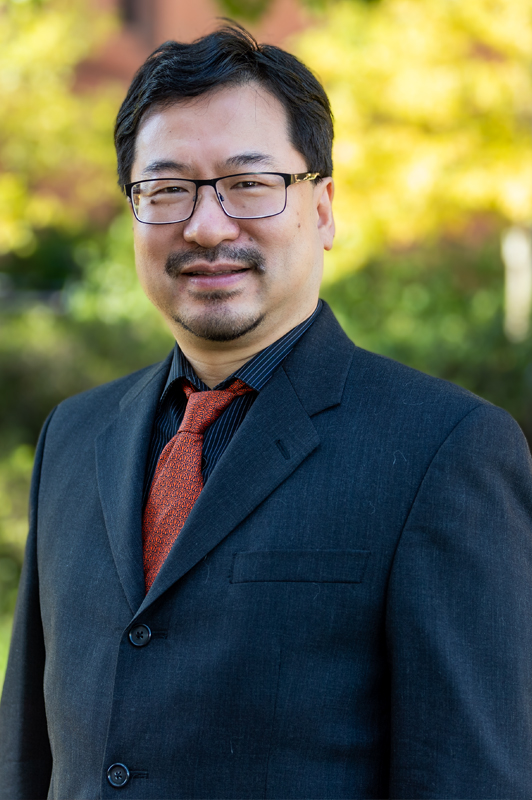Director of Wireless Engineering Research and Education Center earns $300K NSF grant to revolutionize future 6G systems
Published: Oct 15, 2024 1:00 PM
By Kat Bader
Wireless technology is consistently evolving, and Auburn University is on the forefront of developing new opportunities for 6G wireless networks through using unmanned aerial vehicles (UAVs).
Shiwen Mao, director of the Wireless Engineering Research and Education Center at Auburn University, has recently received a three-year, $300,000 National Science Foundation grant to investigate how to integrate drone localization, millimeter wave (mmWave) communications, wireless sensing and security with artificial intelligence (AI) and machine learning for future 6G systems.
“UAVs can enhance the flexibility, coverage and efficiency of 6G networks, making them a crucial component in the evolution of wireless communication,” said Mao, Professor and Earle C. Williams Eminent Scholar. “It can serve as aerial base stations, providing coverage in remote or underserved areas where traditional infrastructure is lacking.”
Additionally, Mao said it allows for quick deployment of a dynamic network, allowing for flexible network configurations that can adapt to changing conditions or demand.
“This is especially useful for emergency response,” he said. “Since the UAVs are above in the air, they usually provide line-of-sight communications to users with enhanced signal quality and reliability.”
In traditional terrestrial communication systems, wireless signals are usually blocked by obstacles with reduced quality, Mao said. However, when UAVs are equipped with sensors, they can gather real-time data on network performance, user density, and environmental conditions, which can be used to optimize network management.
“Equipped with mmWave transceivers, UAVs can deliver high data rates, supporting the bandwidth demands expected in 6G networks,” he said.
The role of UAVs is becoming increasingly useful, especially since the cost of the machines are continuously reduced. Mao said they are becoming more affordable for many applications and a more cost-effective means than traditional technologies.
“They can easily reach remote or rural locations where traditional access may be challenging, providing services like medical deliveries and internet access in underserved areas,” he said. “They can be equipped with various sensors and communication modules, and adapted for a wide range of applications, from aerial photography and surveying to delivery services and agricultural monitoring.”
Mao will collaborate with a team of six investigators from Florida International University, the Indian Institute of Technology Kanpur and the International Institute of Information Technology, Naya Raipur.
Media Contact: , jem0040@auburn.edu, 334.844.3447
Shiwen Mao will investigate how to integrate drone localization, millimeter wave communications, wireless sensing and security with artificial intelligence and machine learning for future 6G systems.


